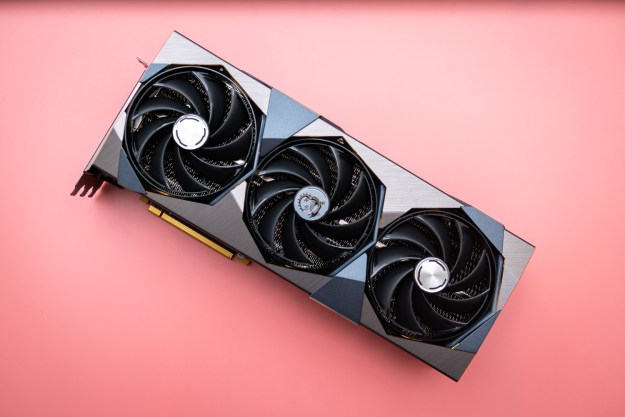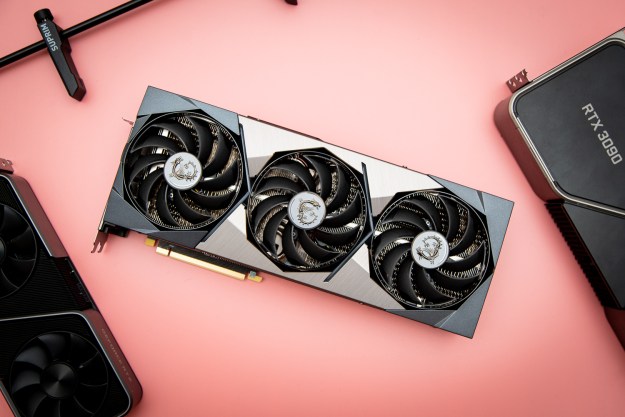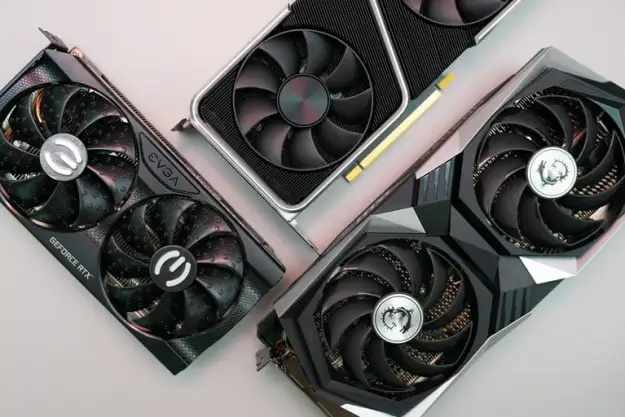Nvidia’s GPU Technology Conference is in full swing, but it’s CEO Jensen Huang’s keynote address that has everyone waiting with bated breath. He’s expected to make major announcements about Nvidia’s future AI developments and how Nvidia GPUs will power them. Following the launch and subsequent explosion in coverage of the ChatGPT chatbot, Nvidia is looking to recapture the conversation around AI and show why its developments, more so than its competition, are what we should be excited about.
But how do you watch Nvidia’s AI announcement at GTC? There’s an official stream that you can tap into right here when it’s time.
How to watch Nvidia’s GTC keynote
The easiest way to watch Jensen Huang’s keynote address at GTC is using the official Nvidia YouTube stream. You can view it embedded below, or visit the Nvidia YouTube channel to watch it directly there.
The address begins March 21, at 8 a.m. PT (11 a.m. ET).
What to expect from Nvidia’s GTC keynote
Nvidia’s GTC shows are always packed full of exciting announcements and debuts. The last one in November 2022 featured the launch of the RTX 4090 and 4080, as well as showcases of DLSS 3 and new Nvidia in-car entertainment systems. GTC 2023, however, is said to focus much more on artificial intelligence.
But despite Nvidia making major investments in AI hardware and software over the years, from its automated vehicle technologies to Tensor cores in its consumer GPUs, the conversation is moving swiftly in the AI space, and Nvidia is not at the forefront of it. With ChatGPT, Google Bard, and Microsoft’s Bing AI-augmented search, Nvidia faces an uphill battle to regain some mindshare when it comes to AI.
However, it is poised to take a big swing at that lofty goal, where it is likely to show off what its GPUs can do when powering localized AI, and some new software developments it has made on AI models of its own. It’s calling this year’s Spring GTC the “No. 1 AI developer conference,” arguably rebranding it from its titular GPU focus.
We may also hear the first details about future GPU architectures, like Blackwell, which is the expected successor for the existing RTX 40-series Ada Lovelace GPUs.
Jensen Huang will also talk about new metaverse and cloud technologies, as well as sustainable computing.
Nvidia released a short teaser for the keynote, which doesn’t reveal many details, but does whet our appetite for what’s to come.
Editors' Recommendations
- The war between PC and console is about to heat up again
- Intel may fire the first shots in the next-gen GPU war
- GPU prices are back on the rise again
- The sad reality of AMD’s next-gen GPUs comes into view
- How to update or uninstall a Game Ready driver





